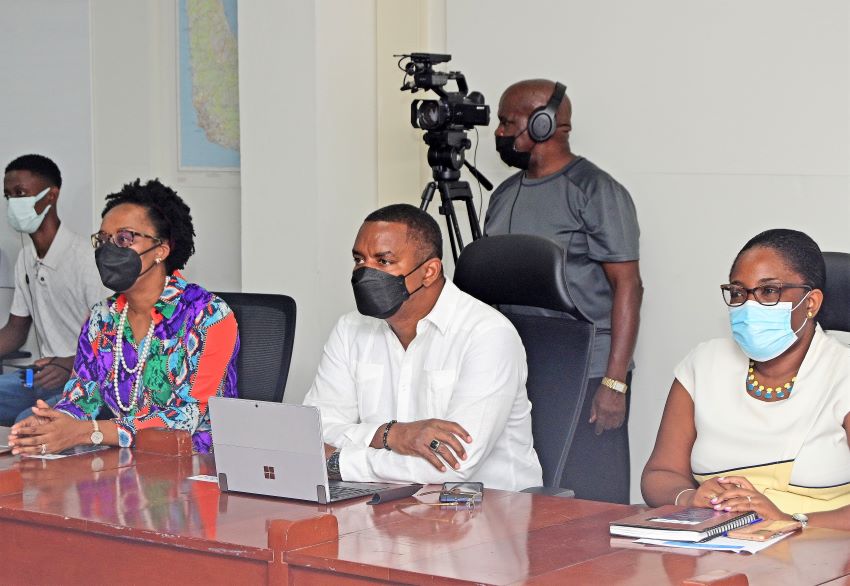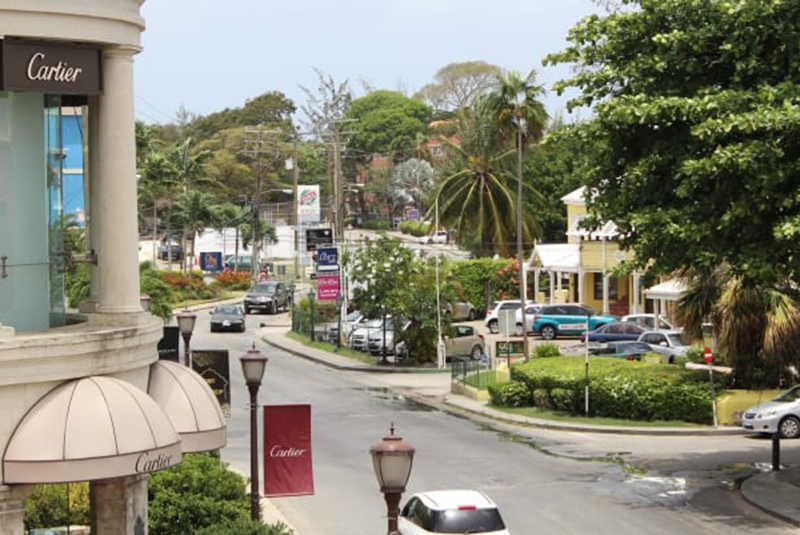BY JULIA RAWLINS-BENTHAM | MAY 16, 2022
Holetown, St. James (pictured) is one of seven regional communities earmarked for Tsunami Ready Recognition over the next 18 months. (FP)
Two new communities are set to undergo the Tsunami Ready Recognition programme as they work towards achieving the Tsunami Ready designation status by yearend. They are Porters to Holders Hill, St. James, and St. Matthias to Rendezvous, Christ Church.
Once successful, the two communities will join the Mullins, St. Peter, to Shermans, St. Lucy stretch, which received the island’s first global Tsunami Ready Recognition designation status in 2020.
The project is under the guidance of the Technical Standing Committee on Coastal Hazards, co-chaired by the Department of Emergency Management (DEM) and the Coastal Zone Management Unit (CZMU). They work in close collaboration with the UNESCO/IOC-Caribbean Tsunami Information Centre (CTIC), which is hosted by the Government of Barbados.
The new Tsunami Ready programme for the two communities was officially launched at the DEM on Friday.
Speaking during the launch, Minister of Home Affairs and Information, Wilfred Abrahams, said the initiative underscored the strong recognition and commitment of Government to assist the average citizen in coping with potential hazards and risks.
“We will continue on this path of resilient development, and this project is seen as an important conduit by which we can deepen our understanding of tsunami risk and resilience; strengthen our resolve and promote greater collaboration towards a more resilient Barbados,” he said.
The Minister gave the assurance that Government was working assiduously towards achieving a long-term vision of a resilient state through the enactment of policies and programmes and creation of institutions to deal with improving resiliency to disasters, improving coastal zone management and incorporating climate change considerations in development.
Programme Officer for Coastal Hazards in the Tsunami Unit of CTIC, Alison Brome, said the IOC was pleased to support the recognition of Holetown as Barbados’ next Tsunami Ready community.
“This will be achieved by October 2022 through co-funding support from the Norwegian Agency for Development Cooperation. The Holetown implementation builds on previous nationally driven efforts, and features a highly harmonised approach with the International Tsunami Information Centre Caribbean Office,” she said, noting that the community was one of seven regional communities earmarked for Tsunami Ready Recognition over the next 18 months.
Ms. Brome explained that Barbados, through co-chair of the Regional Tsunami Ready Task Team, Fabian Hinds, was advancing efforts towards a structured evaluation and monitoring of the Tsunami Ready Programme.

She added that the UNESCO/IOC CTIC was actively engaging the call for Barbados and other member states for enhanced training and local capacity in tsunami evacuation mapping to facilitate stronger nationally-led implementation and replication of the programme across multiple communities.
Meanwhile, Director of the CZMU, Dr. Leo Brewster, explained that much of the groundwork for the process was laid through the Coastal Risk Assessment and Management Programme, which produced LiDAR imagery of the island’s typography and sea floor contours.
This information, he said, was then passed onto the National Oceanic and Atmospheric Administration (NOAA), which was working on the tsunami ready model for Barbados to generate the points of origins for a potential tsunami, and highlight worst case scenarios based on historic information.
“This process is still ongoing but it is going to be highly useful, especially as we roll out this programme now for the two communities that we have identified.
“We always knew that Holetown was a low lying area that is prone to flooding, especially during periods of swell events, [such as] hurricane waves, storm waves and winter storm waves,” he said.
Dr. Brewster said this information would then be passed onto community organisations to be rolled out, to allow for a better appreciation on potential locations for worst case flooding; talking with residents in the communities to identify the best routes for evacuation using local knowledge primarily, as well as mapping that would have been provided from aerial photography and generalised mapping that would exist.
“In that way, we get a better appreciation of the location to put signage and also points where persons can congregate that would be outside the potential tsunami flood zone,” the Director said.
Deputy Director of the International Tsunami Information Centre Caribbean Office, Christa von Hillebrandt-Andrade, noted that the Tsunami Ready recognition would only be possible with good collaboration and communication at all levels.
“It is a lot of work. It is not easy to become tsunami ready, but the recognition is important,” she stated.



